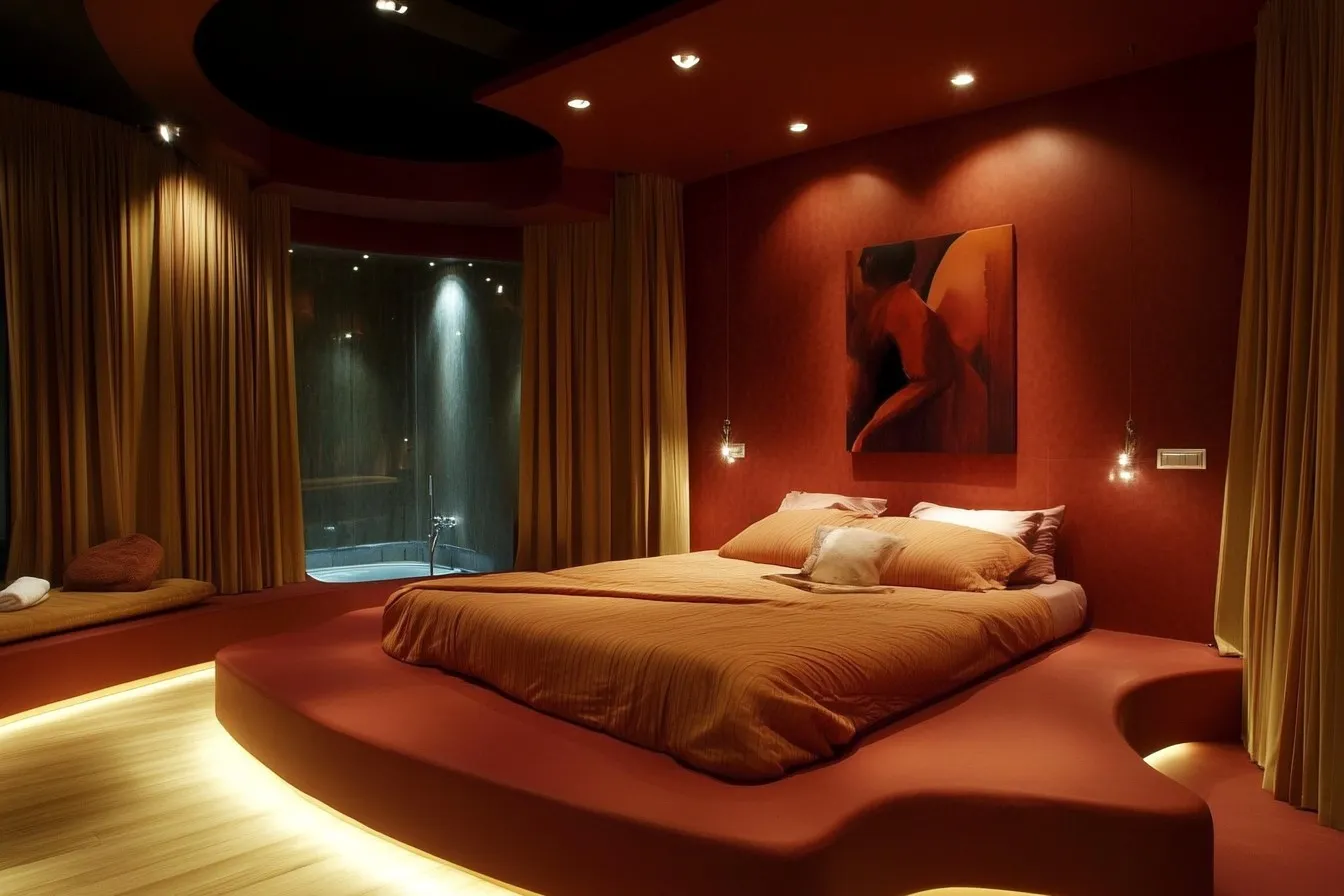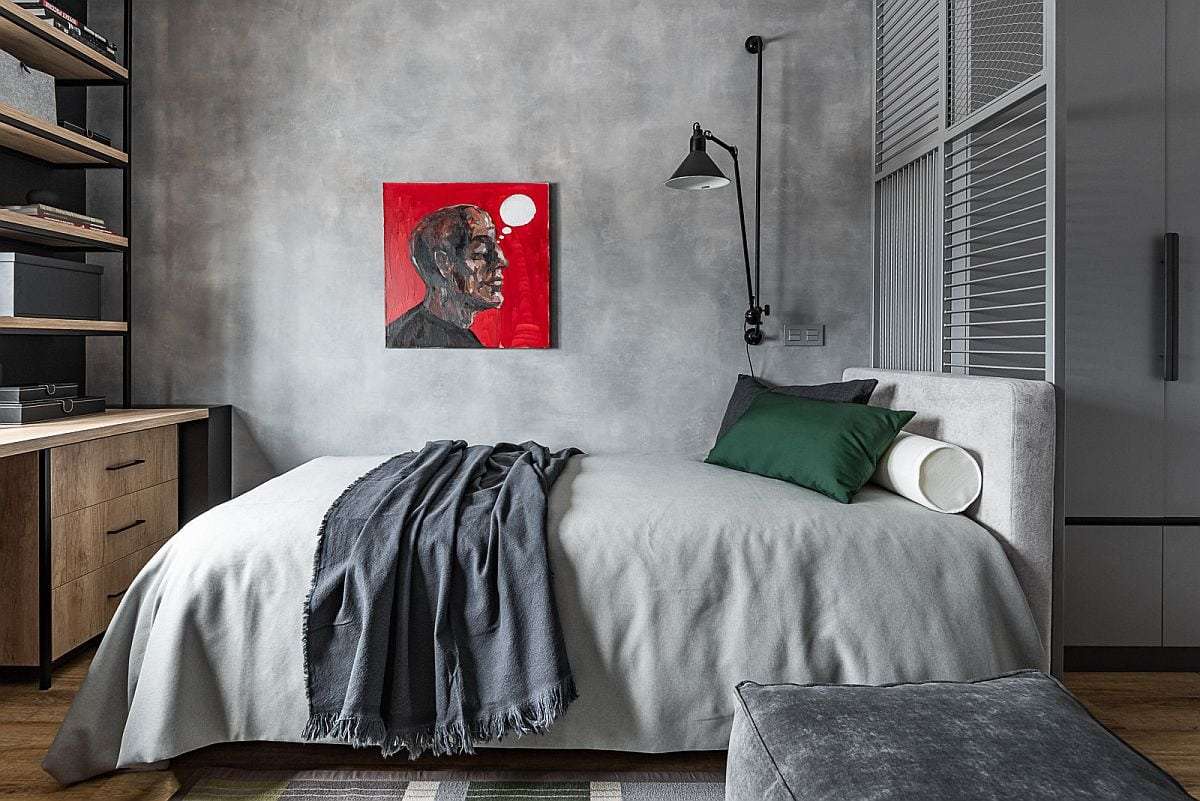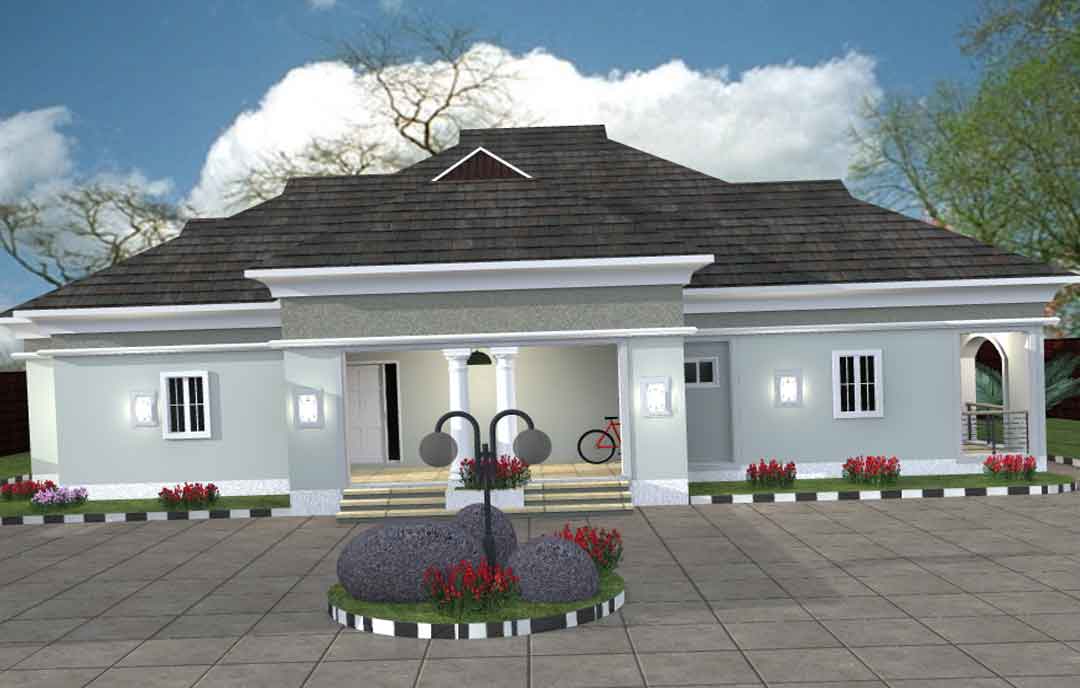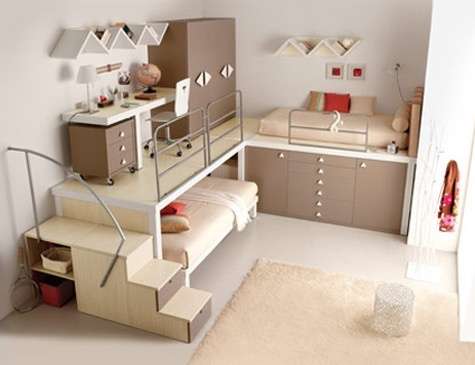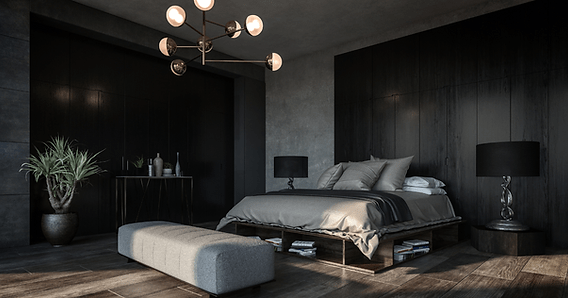Creating a shared sanctuary should be a collaborative and exciting journey for couples․ A beautiful bedroom design goes beyond mere aesthetics; it’s about crafting a space that fosters intimacy‚ relaxation‚ and personal expression for both partners․ This requires careful consideration of individual preferences‚ spatial harmony‚ and the creation of a truly personalized haven․ Ultimately‚ the goal is to establish a room that reflects the unique bond and shared dreams of the couple residing within‚ making it a truly *beautiful bedroom design*․
Creating a Harmonious Space
Designing a bedroom for two requires a delicate balance․ It’s about merging individual styles and needs into a cohesive and appealing whole․ Consider these aspects:
- Color Palette: Opt for neutral tones as a base‚ then incorporate accent colors that appeal to both of you․ Think calming blues‚ soft greens‚ or warm grays․
- Furniture Placement: Maximize space and ensure easy flow․ Avoid overcrowding and prioritize functionality․
- Storage Solutions: Shared storage is key to maintaining a clutter-free and harmonious environment․ Explore options like built-in wardrobes‚ under-bed storage‚ and stylish shelving units․
Personalizing Your Shared Sanctuary
While a harmonious design is crucial‚ personal touches are what truly transform a bedroom into a personal sanctuary․ Inject personality and reflect individual interests through:
- Artwork: Choose pieces that resonate with both of you‚ whether it’s paintings‚ photographs‚ or sculptures․
- Textiles: Layer different textures and patterns with throws‚ cushions‚ and rugs to add warmth and visual interest․
- Lighting: Create a cozy and inviting atmosphere with a combination of ambient‚ task‚ and accent lighting․
The Importance of Mood Lighting
Lighting plays a pivotal role in setting the mood․ Dimmers are a fantastic addition‚ allowing you to adjust the brightness depending on the time of day or activity․ Consider adding bedside lamps for reading and soft‚ warm lighting for relaxation․ This consideration is very important to achieving that *beautiful bedroom design* you desire․
Prioritizing Comfort and Relaxation
A bedroom should be a haven of comfort and relaxation․ Invest in high-quality bedding‚ comfortable pillows‚ and blackout curtains to create an optimal sleep environment․ Consider incorporating elements that promote tranquility‚ such as:
- Aromatherapy: Use essential oils or scented candles to create a calming atmosphere․ Lavender‚ chamomile‚ and sandalwood are excellent choices․
- Plants: Introduce greenery to purify the air and add a touch of nature to your bedroom․
- Soundproofing: If noise is an issue‚ consider adding soundproofing materials to create a more peaceful environment․
Comparative Table: Bedroom Design Styles
| Style | Key Features | Ideal for Couples Who․․․ |
|---|---|---|
| Modern | Clean lines‚ minimalist decor‚ neutral colors‚ functional furniture | Appreciate simplicity and a clutter-free environment․ |
| Bohemian | Eclectic mix of patterns and textures‚ vibrant colors‚ global-inspired decor | Enjoy expressing their individuality and embracing a relaxed‚ free-spirited vibe․ |
| Traditional | Elegant furniture‚ classic patterns‚ rich colors‚ luxurious fabrics | Prefer a timeless and sophisticated aesthetic․ |
| Scandinavian | Light and airy‚ minimalist design‚ natural materials‚ cozy textiles | Value simplicity‚ functionality‚ and a connection to nature․ |
ADDRESSING POTENTIAL CHALLENGES
The collaborative process of bedroom design‚ while often rewarding‚ can present certain challenges for couples․ Divergent aesthetic preferences‚ differing levels of tolerance for clutter‚ and disparities in sleep schedules can all contribute to friction․ Proactive communication and a willingness to compromise are paramount in navigating these potential obstacles․ Consider the following strategies:
– Open Dialogue: Initiate discussions regarding individual needs and preferences early in the design process․ Actively listen to your partner’s concerns and be prepared to articulate your own․
– Visual Aids: Employ visual aids‚ such as mood boards or digital design tools‚ to facilitate a shared understanding of the desired aesthetic․ This can help to bridge any communication gaps and ensure that both partners are on the same page․
– Prioritization and Compromise: Identify areas of common ground and areas where compromise is necessary․ Focus on prioritizing elements that are essential to both partners’ comfort and well-being‚ and be willing to make concessions on less critical aspects of the design․
– Professional Consultation: If disagreements persist‚ consider seeking the guidance of a professional interior designer․ A neutral third party can provide objective advice and facilitate a resolution that satisfies both partners․
THE SIGNIFICANCE OF SOUND AND LIGHT MANAGEMENT
Optimizing the bedroom environment for restorative sleep is crucial․ This entails careful consideration of both sound and light management․ Addressing potential noise disturbances through soundproofing measures‚ such as insulated curtains or acoustic panels‚ can significantly enhance sleep quality․ Similarly‚ controlling light exposure through blackout curtains or blinds can promote the natural production of melatonin‚ a hormone that regulates sleep cycles․ Furthermore‚ the strategic use of lighting fixtures with adjustable dimming capabilities can create a calming ambiance conducive to relaxation and sleep․
ELEVATING THE AESTHETIC THROUGH DETAIL
Beyond the fundamental elements of design‚ the meticulous attention to detail can significantly elevate the overall aesthetic of a couple’s bedroom․ Consider incorporating the following:
– Hardware Selection: Choosing high-quality hardware for furniture and fixtures can add a touch of sophistication and refinement․
– Trim and Molding: Intricate trim and molding can enhance the architectural character of the room and create a sense of visual interest․
– Accessories and Accents: Thoughtfully selected accessories and accents‚ such as decorative pillows‚ throws‚ and artwork‚ can add personality and depth to the design․
– Window Treatments: Custom window treatments can provide both privacy and aesthetic appeal‚ complementing the overall design scheme․
FUTURE-PROOFING THE DESIGN
A well-designed bedroom should not only meet the current needs of a couple but also anticipate future changes․ Consider the following factors when planning the design:
– Flexibility: Opt for furniture and décor that can be easily rearranged or repurposed as needs evolve․
– Accessibility: If either partner has mobility limitations‚ ensure that the design incorporates accessible features‚ such as wider doorways and grab bars․
– Technological Integration: Plan for the integration of technology‚ such as smart home devices or entertainment systems‚ to enhance comfort and convenience․
Ultimately‚ the creation of a *beautiful bedroom design* for couples is an ongoing process of refinement and adaptation․ By prioritizing communication‚ compromise‚ and attention to detail‚ couples can cultivate a shared sanctuary that fosters intimacy‚ relaxation‚ and enduring harmony․
